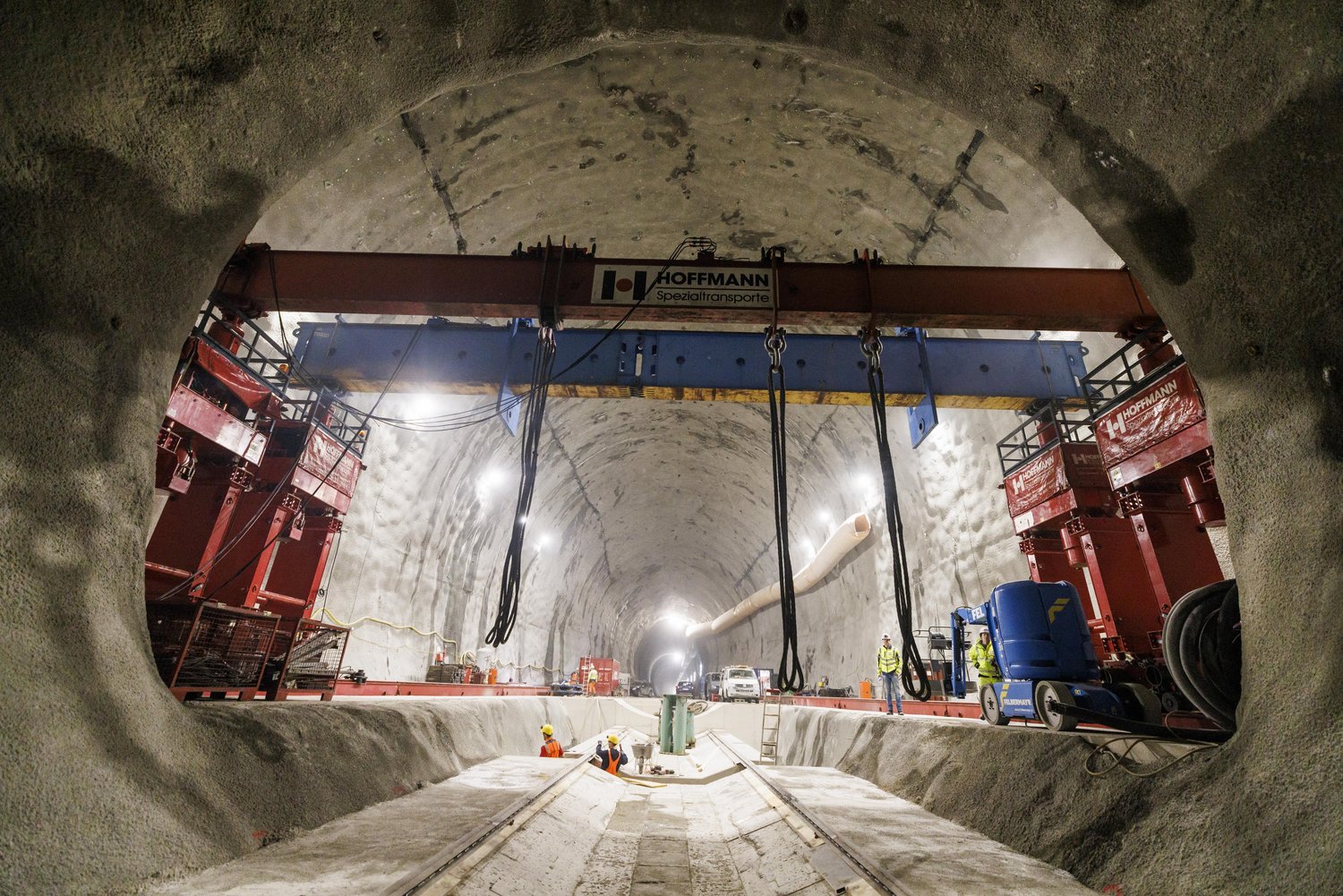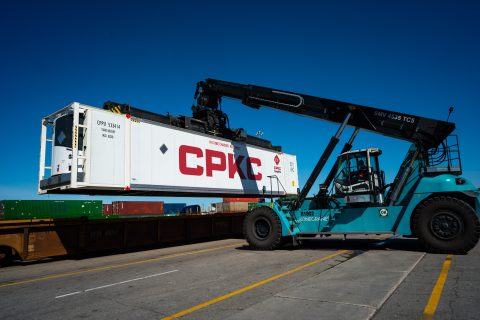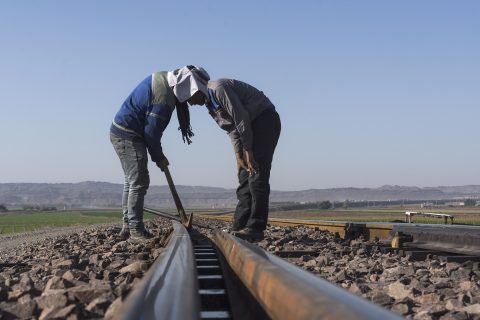Faulty tracks at Brenner Station lead to rail freight traffic reduction

Rail freight traffic at the Brenner Station, the main rail border crossing between Italy and Austria, has been reduced until further notice since Wednesday 22 March. This is because, as the Italian infrastructure manager Rete Ferroviaria Italia (RFI) pointed out, three rail tracks on the route were deemed unsafe and therefore closed.
For now, there is no reopening date set yet for tracks 10, 11, and 12 of the Brenner Station. RFI explained to RailFreight.com that the absence of a reopening date is due to the necessity of assessing what works need to be carried out to solve the issue. Once the problem is identified and a solution is found, it will be possible to have a clearer picture of how long the tracks will be closed. Currently, the IM is carrying out studies to understand which tracks can be used for rail freight without causing too much disruption. The traffic reduction only involves rail freight, as the IM specified.
The Brenner Railway and the Brenner Base Tunnel
The Brenner Railway, where the Brenner Station is located, stretches for almost 280 kilometres and is quite an old infrastructure since it was built during the second half of the 1800s. Soon, the Brenner Railway will no longer be the only rail route connecting Veorna with Innsbruck via the Brenner Pass. A new railway from Verona that will reach Munich, in Germany, is being built. The innovative feature of this new railway will be the Brenner Base Tunnel (BBT), which should open up shop in 2032.
The BBT, connecting Fortezza to Innsbruck, will be 55 kilometres long. The new tunnel will be linked to the Innsbruck bypass, opened in 1997, and will reach a total length of 64 kilometres. This unification will make this section the longest underground railway connection in the world, raching 64 kilometres. There will be two tubes, each 8,1 metres wide, running 40-70 metres apart from one another, both equipped with a single track. The slope in the BBT will fluctuate between 0,4 and 0,7 per cent.

Also read:






At railway infrastructure, now broken rails, by far is most frequent, single cause of derailments…
“Optimal maintenance”, current mantra (simply “deed of necessity”) is suboptimal – and revealing!
Railways, the most vulnerable mode, now is the not sustainable – and even worse, as not redundant (short of margin for future added load, etc.), now not upgradable.
(Current standard is “cementing”.)
For proving the high qual. device, a shift is needed!